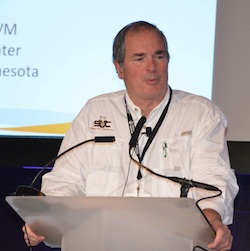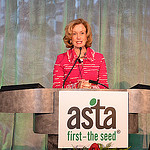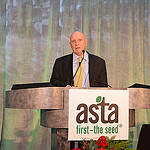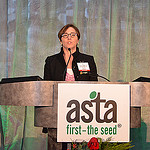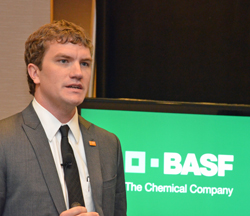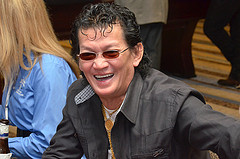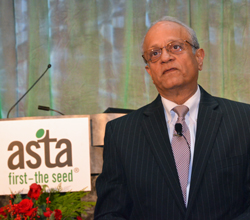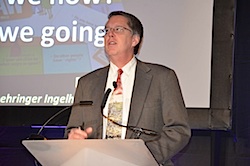 Boehringer Ingelheim’s, Dr. Dale Polson, wrapped up their PRRS Seminar with answering the question of, “What’s Next for ARC?”
Boehringer Ingelheim’s, Dr. Dale Polson, wrapped up their PRRS Seminar with answering the question of, “What’s Next for ARC?”
Dr. Polson works to development strategies for services and products at Boehringer Ingelheim. His talk at the seminar was themed on the “Playing the PRRS Behavior Game.” He shared that PRRS honors no boundaries and that it’s also about many other diseases that challenges the pork industry. The old methods of simply taking care of our own, needs to be thrown out the window. We need to adopt the ‘better together’ model that he suggests.
This method has lead Dr. Polson to suggest renaming the ARC program to Area Coordinated Disease Control. He says collaboration is the key.
“The one word that is in the set of four words is the most important and that’s the word coordinated. It’s the idea that it’s too general, in my opinion, to call it Area Regional Control. We need something that specifically describes one of the key tenants of the approach and that’s the reason for the word coordination.”
Later in my interview with Dr. Polson he talks about the goals of control, elimination and then prevention of PRRS and where the industry needs to head for the future.
Listen to my complete interview with Dale here: Interview with Dr. Dale Polson, Boehringer Ingelheim
Here are photos from the event:2013 BIVI PRSS ARC&E Seminar Photo Album



 The time has come to winterize your equipment from the fall months of harvesting, tillage and fall application. As the season comes to an end, it’s important to take care of your investments, whether it is harvested crops, machinery or your precision equipment. Here are some helpful hints from Ag Leader’s tech support team:
The time has come to winterize your equipment from the fall months of harvesting, tillage and fall application. As the season comes to an end, it’s important to take care of your investments, whether it is harvested crops, machinery or your precision equipment. Here are some helpful hints from Ag Leader’s tech support team:

